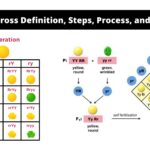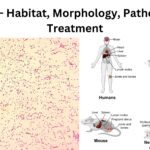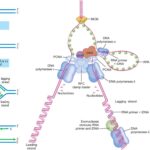Outline how the oxygen debt is removed after exercise, limited to: (a) continuation of fast heart rate to transport lactic acid in the blood from the muscles to the liver (b) continuation of deeper and faster breathing to supply oxygen for aerobic respiration of lactic acid (c) aerobic respiration of lactic acid in the liver
Outline how the oxygen debt is removed after exercise, limited to: (a) continuation of fast heart rate to transport lactic acid in the blood from the muscles to the liver (b) continuation of deeper and faster breathing to supply oxygen for aerobic respiration of lactic acid (c) aerobic respiration of lactic acid in the liver
Please login to submit an answer.
The removal of oxygen debt after exercise involves several physiological processes:
(a) Continuation of Fast Heart Rate
After vigorous exercise, the heart rate remains elevated to facilitate the transport of lactic acid from the muscles to the liver. This increased blood flow helps in efficiently clearing lactic acid from the muscle tissues, where it accumulates during anaerobic respiration, and delivering it to the liver for further processing.
(b) Continuation of Deeper and Faster Breathing
Breathing rate continues to be deeper and faster post-exercise to supply additional oxygen required for aerobic respiration. This oxygen is essential for metabolizing the accumulated lactic acid back into pyruvate, which can then enter aerobic pathways for energy production. The increase in breathing helps to repay the oxygen debt incurred during intense physical activity.
(c) Aerobic Respiration of Lactic Acid in the Liver
In the liver, lactic acid is converted back into glucose through a process known as gluconeogenesis. This conversion allows the body to recycle lactic acid into usable energy, replenishing glycogen stores that may have been depleted during exercise. The efficient processing of lactic acid in the liver is crucial for restoring metabolic balance and aiding recovery after strenuous activity.These mechanisms work together to ensure that the body effectively clears lactic acid and restores normal physiological function following intense exercise.
- Share on Facebook
- Share on Twitter
- Share on LinkedIn
Helpful: 0%




